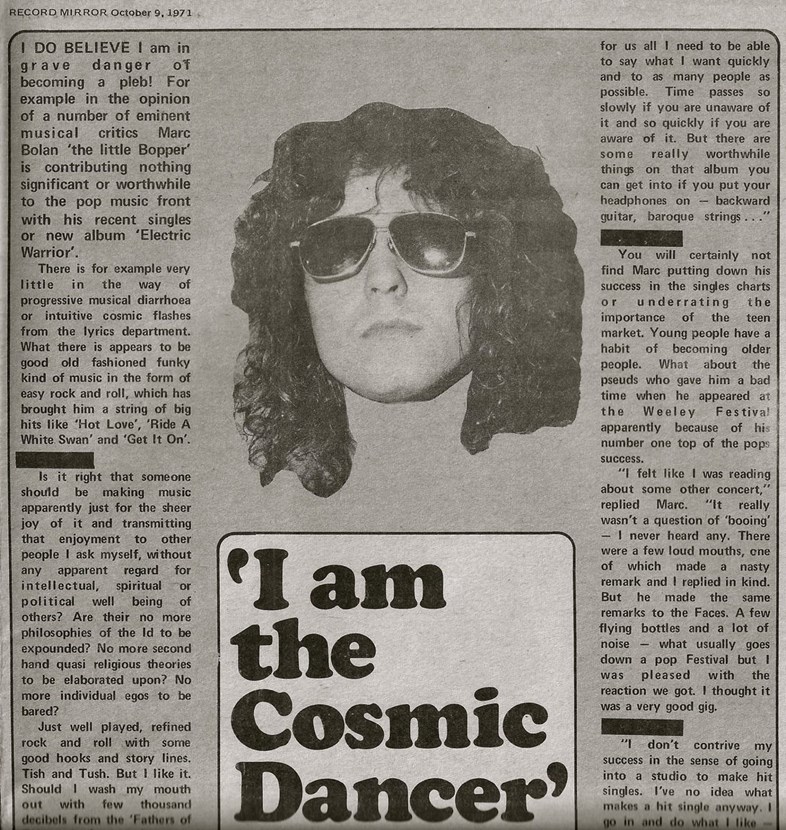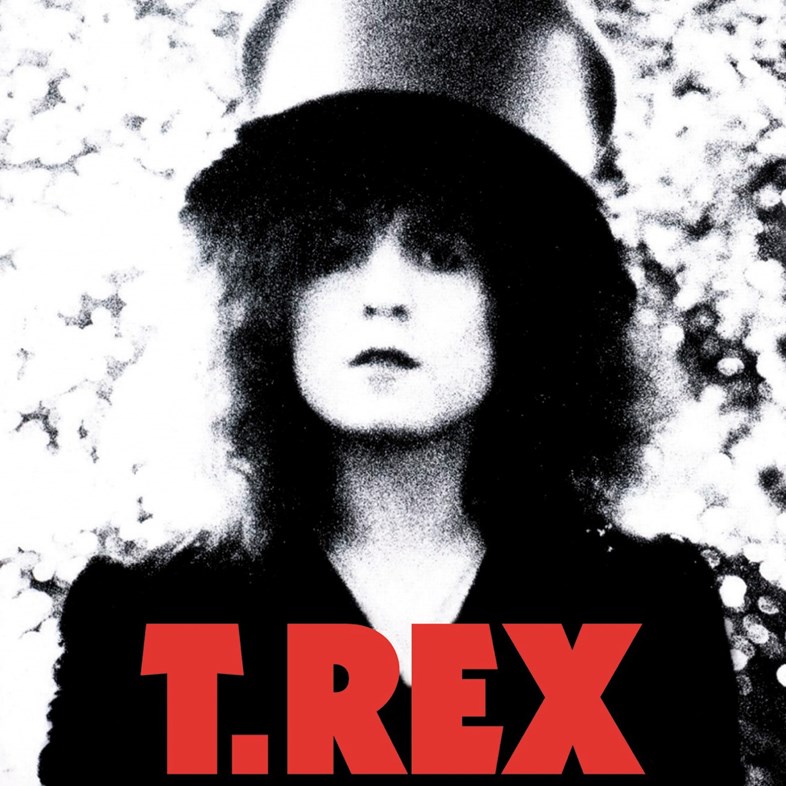On the 40th anniversary of his death, we remember five things that made Bolan the icon he was and continues to be
- TextJoobin Bekhrad
“Are you a mod?” once asked a blonde-haired bloke. “Yeah,” came the response, “I’m King Mod. Your shoes are crap.” Despite his then-questionable taste in footwear, David Bowie is today a household name, whereas the memory of the diminutive man he once wished to be as big as is largely – amongst the masses, at least – shrouded in obscurity. If Bowie is now the name most associated with the phenomenon that was glam rock, Marc Bolan was its progenitor, its high priest, the ‘bopping imp’ who started it all.
A Jewish lad from London, Bolan (born Mark Feld) always knew he wanted to be famous. In his early days as a teenage mod, he attracted attention for his dapper sense of style, and later, set England ablaze with his Les Paul guitar. After some recordings on his own, as well as with the group John’s Children, Bolan eventually found his voice in the two-piece Tyrannosaurus Rex, which eventually became, as the abbreviated T. Rex, one of the biggest musical acts England had ever seen. With monumental albums like Electric Warrior (1971) and The Slider (1972), as well as string of scintillating chart-topping singles under his belt, Bolan in his heyday reigned supreme in the English music scene.
All things, however, must pass, and Bolan was no exception. Just as he was back on his feet again after a slump in his career, he tragically passed away in a car accident at the age of 29 on September 16, 1977. While perhaps not as popular today as some of his glam rock contemporaries, his indelible legacy lives on yet, transcending generations, genres, and gender. On the 40th anniversary of his death, we remember five things that made Bolan the icon he was, and continues for many to be.
1. His Vision
“In a way,” says radio presenter and music critic Marc Riley, “Bolan paved the way for the shock that was David Bowie in all his finery.” Before the likes of Ziggy Stardust (Bowie actually opened for Bolan as a mime in 1969), Roxy Music, and Slade, Bolan was gyrating about with glitter on his face, pink feather boas draped around his neck, and sparkly platform boots on his feet. Comparable to Beatlemania, the frenzy surrounding Bolan on behalf of his throngs of ardent teenage devotees was known as ‘T. Rextasy’. Former Beatle Ringo Starr even made a film about it, aptly titled Born to Boogie (1972).

2. His Riffs
Keith Richards may have rightly earned himself the epithet of ‘The Human Riff’, but it was to Bolan (a veritable guitar-slinger in his own right) that The Smiths and Oasis looked to in penning some of their most memorable numbers. Evidently, Morrissey didn’t take Bolan’s rejection of his request for an autograph to heart, as Panic is, according to Smiths bassist Andy Rourke, “more or less a note for note take on Metal Guru”, while the chorus of Shoplifters of the World Unite owes much to that of Bolan’s Children of the Revolution. It also goes without saying that without the raunchy riffery of Bolan’s biggest hit, Get it On, there wouldn’t have been the Gallagher brothers’ Cigarettes and Alcohol. So down and dirty were Bolan’s riffs that even Guns ‘n’ Roses covered one of his songs, Buick Mackane, on 1993’s The Spaghetti Incident.
3. His Words
In spite of his status as teen pop idol, Bolan was always a poet at heart. Even some of his most mainstream songs were peppered with nods to Greek mythology, Persian imagery, and the Tolkien-esque. In other words, Bolan showed that rock and roll stars could also be intellectuals with a thing for literature. He did, after all, have an outspoken reverence for Bob Dylan (‘Bolan’ was, in fact, a combination of the folk singer’s first and last name); and, while Dylan preferred to think of himself as a “song and dance man”, Bolan made no bones about his identification as a poet: “I’m a rock and roll poet man who is just bopping around on the side”, he told Record Mirror in a 1971 interview.

4. His Style
It didn’t matter that Bolan was short – “I know I’m small, but I enjoy living anyway,” he sang on Spaceball Ricochet; what he lacked in length he more than made up for in style. One look at the cover of The Slider, featuring Bolan with a leather top hat above his trademark ‘corkscrew hair’, is enough to have Slash’s look all figured out. On the same note, Temples frontman James Bagshaw is a spitting image of Bolan, who had epitomised the whole ethereal curly-mopped look long before he or St. Vincent ever came tottering along. That’s all aside from the many who have imitated and been influenced by Bolan’s signature vocal quavering (which he’d picked up as a child by singing to records played at faster speeds), such as David Bowie (on Black Country Rock), Devendra Banhart, and Anohni.
5. His Range
From trippy acoustic folk to bluesy rock, glam, and even heavy metal, Bolan’s wide musical range was impressive. At times, it seemed there was nothing Bolan couldn’t do, and, while his most popular albums may be similar in sound and style, listening to his oeuvre in its entirety reveals a diverse array of aural vistas. In the late seventies, when punk and new-wave were taking over England, and the old establishment crumbling, Bolan actively promoted bands like Generation X, The Jam, and The Boomtown Rats – to children – on his television programme, ‘Marc’, in addition to touring with The Damned in 1977. Before he could tinker any further with his own sound, though, the dandy truly left the dudes above for the underworld, just two weeks shy of his 30th birthday.











